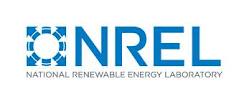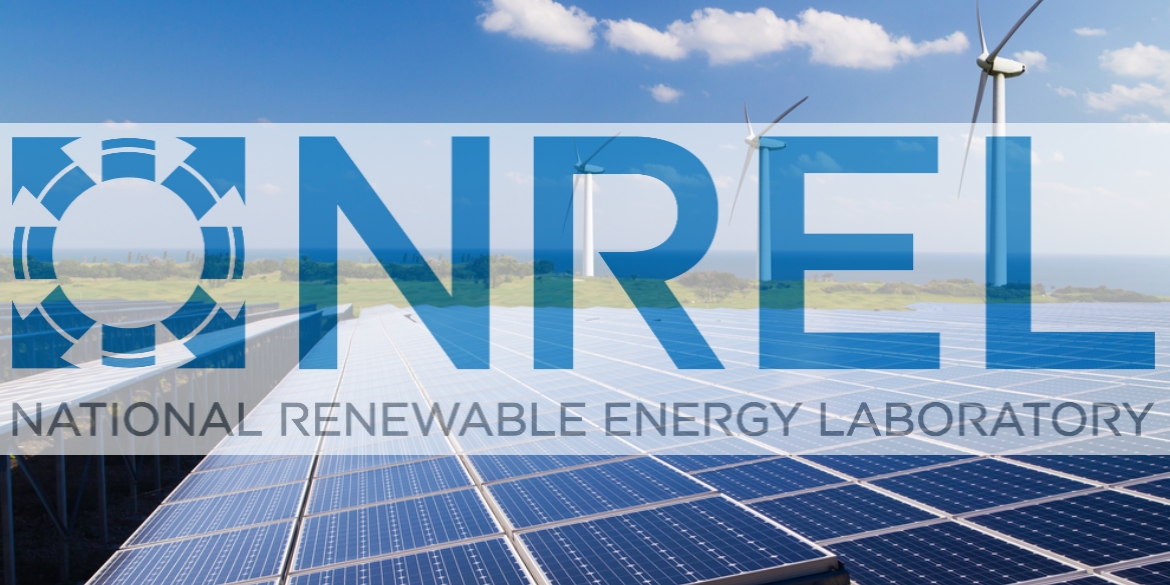Yesterday, the National Renewable Energy Laboratory (NREL) announced the newest release of the National Solar Radiation Database (NSRDB). The database is widely used by solar system designers, building architects and engineers, renewable energy analysts and others to plan, size and site solar electric and solar thermal systems. Not only is this an important development for the solar industry, but we here at Clean Power Research are excited because the new NSRDB release uses SolarAnywhere® data as the basis for the satellite-derived model data in the database.

With less than 1% of the records within the NSRDB containing ground-measured data, NREL relies heavily on accurate models to develop the database, and model evaluation is an important part of each data project. The SolarAnywhere software platform delivers the most up-to-date and accurate implementation of the SUNY satellite-based irradiance model (the Perez model). NREL has used the Perez model and “SUNY gridded data” in past data projects, and the use of SolarAnywhere in this release is further validation by NREL.
There are certain advantages to using SolarAnywhere satellite-derived irradiance data, either through SolarAnywhere or the NSRDB. First, the satellite method provides a consistent measurement source. All inputs into the satellite-based irradiance model are taken from an image that covers a large geographic area. This means that sites can be reliably compared regardless of distance. Additionally, data is collected continuously with negligible downtime via satellites that are operated by the U.S. government (NOAA).
As part of their implementation of the NSRDB, NREL has chosen to fill gaps in the satellite dataset with estimated irradiance values. NREL’s description should note that these satellite dataset gaps, all but a few of which occurred before 2005, amount to a fraction of one percent of the hours recorded in SolarAnywhere. This means the effect on site energy estimates will likely go unnoticed.
Additionally, typical year (i.e. TMY) data sets available directly through SolarAnywhere exclude months with missing days in the final TMY file. This means that energy estimates using SolarAnywhere data will be both complete and more temporally-relevant. By comparison, NREL states that only 860 out of 1454 weather stations have serially complete data records.
While NREL selected SolarAnywhere Standard Resolution data (10-kilometer grid with hourly measurements) as a fundamental input to NSRDB, there are additional SolarAnywhere features that are available directly from SolarAnywhere.com. These include:
- Time-series GHI, DNI, DHI, wind speed and ambient temperature up-to the current hour.
- Forecast irradiance data up to 7 days in advance, with near horizon minute-by-minute forecasts.
- 10-km, 1-hour Standard resolution data across the U.S., Mexico, the Caribbean and parts of Canada.
- 1-km, 30-minute Enhanced Resolution and 1-km, minute-by-minute High Resolution data available in Hawaii and California, and coming soon for other regions where microclimate weather or fleet variability are important to PV installers.
- Access to multiple data downloads directly from SolarAnywhere.com or via a web-service API to automate weather evaluation processing.SolarAnywhere typical year data sets, chosen for median GHI or DNI months from up-to-date irradiance measurements (i.e. including years 2011 through present month).
For a full description of how NREL integrated SolarAnywhere data into the NSRDB, check out the NSRDB 1991-2010 User’s Manual. Or go to SolarAnywhere.com to access irradiance data directly from Clean Power Research, including real-time, 1-km and forecast data.
